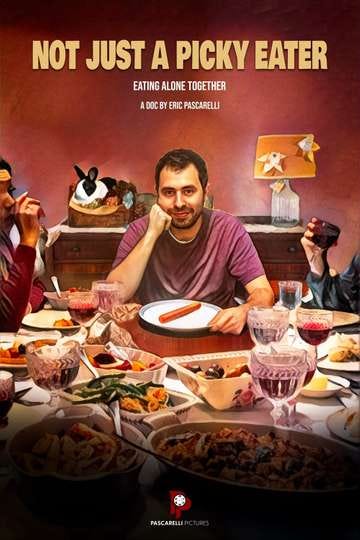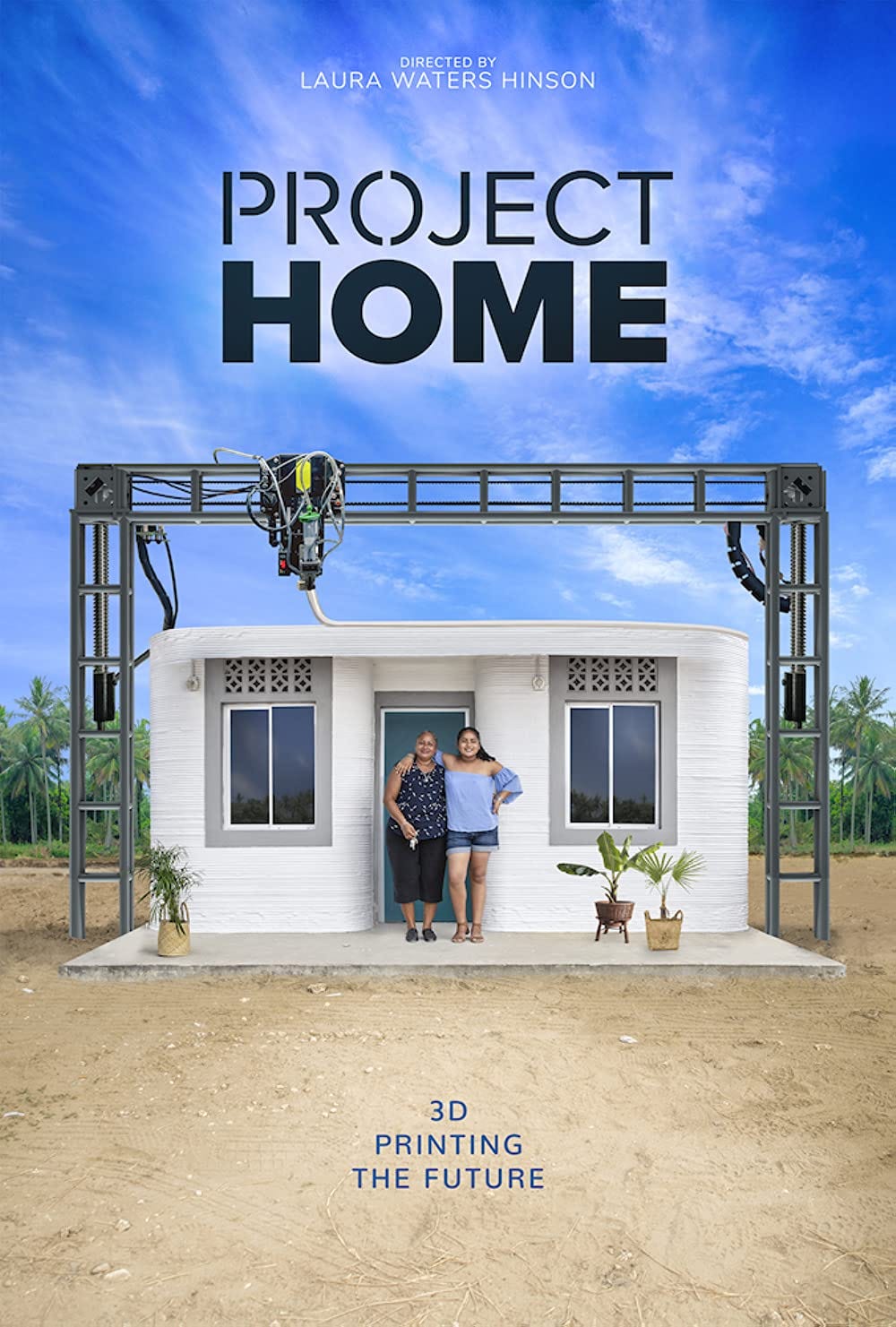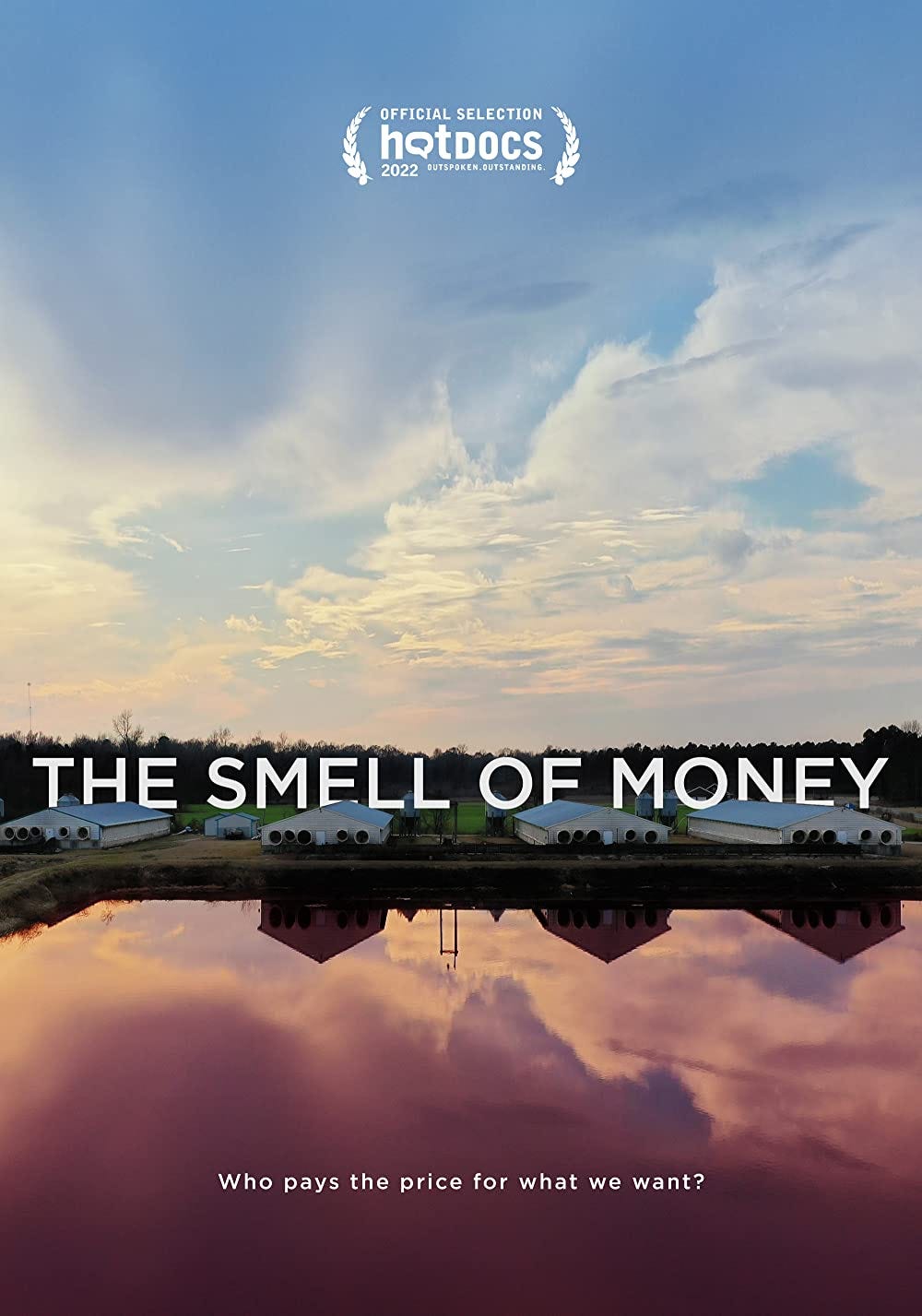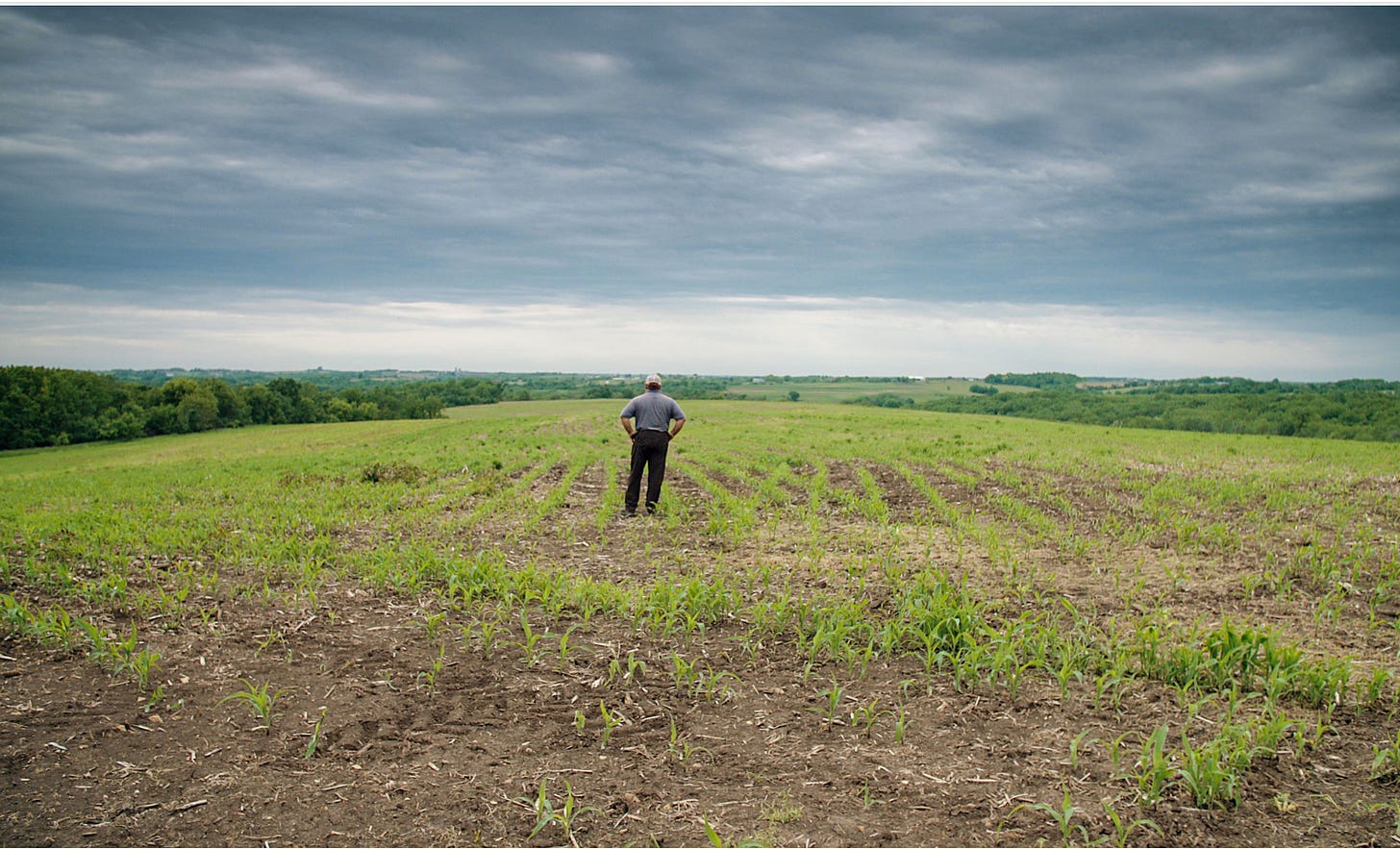Indy Film Fest - Documentaries
Ranked reviews for ALL the Documentary Features (and Documentary Shorts) in one place.
Preface: All of the entries that I judged this year were strong candidates, and the Indy Film Fest should be applauded in their selections (for feature and shorts) showcased this year.
These film reviews were just one of several, independent judges from around the state of Indiana. My views are strictly my own, and not that of The FilmYap, The Indy Film Fest, or any of the other judges.
**For 2023 Indy Fest showtimes and tickets, please click here**
#5 – Roots of Fire
TLDR Review: Although this is my pick for 5th, Roots of Fire immerses you in the Cajun music scene with love, and makes you appreciate their culture as much as the musicians who share their stories.
Full Review:
The phrase, “If you’re not living your culture, you’re killing your culture,” is one that was echoed throughout this documentary feature.
The film introduces us to several Cajun musicians who produce and perform their unique style of music out of Louisiana. These musicians were born and raised in Louisiana, so these songs which serve as the films soundtrack are truly reflective of their cultural roots (hence the title of the film). The Cajun music community is so small, that one musician may belong to 2 or 3 other Cajun bands.
Origin story:
It was Acadian settlers from Europe and their decedents who have created this style of music in Louisiana. The origins of their style of music date back even further (i.e. – influences, instruments, language). A fact I learned from the film: the word “Cajun” is derived from “Acadian” (Acadian → Cadjien → Cajun).
I learned a lot while watching this film, and the accompanying Cajun music made the learning process lively, upbeat, and energetic. These wildly talented musicians provide the background score to this film exploring their heritage, culture, and history. The passion they have for their brand of music is evident, and it’s always a pleasure to listen to people talk about their loves. We hear stories from the newest generation of Cajun musicians, the veterans, and the dwindling community of people who support them.
At times, I thought that this film was more nostalgic for the musicians, than for me as the viewer. Regardless, this was a minor inconvenience since the film was an informative and fun watch.
#4 – Not Just a Picky Eater
TLDR Review: This was listed as a documentary, but it felt more like a well-produced podcast. Don’t get me wrong, if labeled as such, this would be a pretty damned-good extended podcast (with visuals and expert testimonies to back up the interview).
Full Review:
It’s a habit derived from my professional career (mental health therapist), that I’m constantly analyzing and listening to people’s symptoms/problems to answer, for starters, “What might be the cause of a presenting issue?” This lens through which I view the world bleeds over into how I view movies. I’ve spoiled “many-a” movies for my wife because I’m making armchair analysis citing my good ol’ DSM (Diagnostic and Statistical Manual of Mental Disorders). This is the tool that doctors and clinicians use to determine and label potential issues people experience (from mood disorders to, in the case of Not Just a Picky Eater, eating disorders).
This documentary opens up as a podcast interview with the filmmaker Eric Pascarelli as he explains to the interviewer the shocking revelation that he hadn’t tried a vegetable until he was 30-years old.
“What?” both the interviewer and I questioned.
“That sounds awfully irresponsible of your parents, dude,” I went on with my inner-monologue.
As Eric started to discuss some of the symptoms and things he’d experienced, I thought, “This sounds an awful lot like, Avoidant-restrictive food intake disorder (ARFID).”
As he weaved the story of ARFID, we met other “picky eaters” who were interviewed as they tried to figure out, “what was wrong with them?” What was common in their stories was that they seemed to be isolated in their experience of not eating a variety of different foods (perhaps the only one in their friend group or family). It didn’t come until 20-minutes into the film that they confirmed that we were indeed talking about ARFID.
For me, the build-up to this revelation was slow. We heard a lot of “picky eater” stories, but by this point, I had already labeled it, so the questions that came from the interviewer like, “You don’t eat salad?” or “How are you still alive?” seemed to be slow the pacing of the story.
Perhaps this experience was unique to my viewing experience, given my background, so I don’t want to say this wasn’t a good film. It was informative, well put together, and accomplishes Eric Pascarelli’s goal of “bringing awareness” to this specific, but maybe not well-known, eating disorder.
People with ARFID aren’t trying to “be difficult” or choose to have aversions to different foods/textures. This is an eating disorder marked by disturbances that can have significant health ramifications such as weight loss, nutritional deficiencies, and even their psychosocial functioning.
I would certainly recommend watching it, because you may have a friend, colleague, or even yourself be: not just a picky eater.
Our senior FilmYapper Christopher Lloyd did an interview with filmmaker/director Eric Pascarelli if you’d like to read further coverage of the 2023 Indy Film Fest.
#3 – Project Home
TLDR Review: Fascinating story about how the technology of 3D printing can be used to drive down the cost of housing and produce homes on a more affordable scale. Could this be the future wave of housing?
Full Review:
I thought 3D printers were only used to make small objects and other trinkets out of plastic. A house, though? Is that even possible? Project Home shows us “yes, they can do that now, too.”
ICON, an Austin, Texas-based company has worked on creating advanced, large-scale 3D printing that utilizes cement to build homes. According to their CEO Jason Ballard, who was interviewed during this film, homes can be created at a fraction of the cost of a traditional home, and at a huge benefit to the consumer. This is particularly appealing in areas where there are housing shortages or the costs of homes have skyrocketed.
Project Home starts by talking to individuals working here in the United States at Habitat for Humanity. We also meet the families who have benefitted from this national organization and the benefits of agencies like this who address housing issues in our country.
Housing issues aren’t unique to the American experience.
Project Home then shows us a developing area in Nacajuca, Mexico where ICON wanted to help address the housing shortage in a developing country. We meet Mexican families who are experiencing the same difficulties with housing that we see in this country. Getting a quality, cheap home is a life changer. A home can have a generational impact.
Will it work, or is this a gimmick?
What makes this film stand out for me is that it could have easily come across as an infomercial for ICON and the services they provide. Instead, we the humanitarian effect that a company like this can provide.
Not only fascinating what they are doing with the technology, but the prospect that an endeavor like this can have to certain communities make this documentary worth watching.
#2 – The Smell of Money
TLDR Review: What do hog farmers do with all of the excrement that comes from their animals? Dump them into large waste lagoons in their backyard, of course. This documentary tells of the horrors that these neighboring residents have experienced in a rural North Carolina community.
Full Review:
This documentary follows a theme that I heard echoed from my other “top-three” documentary entrants to 2023’s Indy Film Fest: Profits over people.
The film opens with a resident of a rural town in North Carolina, Elsie Herring, showing off her family home. This was a generational property that Ms. Herring inherited and had called home since her childhood.
Things were fine until hog farmers began to buy land and their business grew. I mean, America loves bacon. These farms are warehouses of their products, and they certainly have a lot of product.
According to The Smell of Money, in North Carolina alone, 9.5 million hogs produce over 10 billion gallons of waste each year. I couldn’t even wrap my mind around that astronomical number. I needed to visit Google, where I found out that this number equates to:
1) 200,000,000 bath tubs full of water (it takes 50 gallons to fill an average bathtub)
2) 909,090,910 human beings (a 150lb person consists of about 100 lbs., or 12-gallons of water). It’s a weird metric, I know, but I thought it was dramatic enough to highlight this point.
I mean, 10-billion gallons of waste is such a significant number. Surely it’s been a topic of discussion at hog farmer’s strategy meetings. Some hog-farming executive has certainly had a PowerPoint labeled, “What do we do with all this sh*t?”
Here’s what they came up with in rural North Carolina:
Since, North Carolina is one of the only states where you can legally spray untreated hog waste into the air, farmers have set up these large, industrial sprinkler irrigation systems and literally spray their hogs waste into the air creating a wasteland. Another way that they dispose of this waste is by through Concentrated Animal Feeding Operation (CAFO) whereby the waste that’s produced by these animals is pumped into large lagoons in the back of their farms. Sure, it’s their property, but what about thy neighbor?
For Ms. Herring, and other residents in this community, it’s a problem. The Smell of Money tells the story of what the “smaller person” did to fight back.
#1 – Greener Pastures
TLDR Review: Corporate greed and the impact it’s had on smaller, family-owned farms both monetarily and psychologically. This is my top pick for this year’s Documentary Feature film.
Full Review:
My top-pick for Documentary Feature film is another entrant exploring corporate profits over people. In this film, however, the farmers are the small businesses having to compete with bigger, corporate companies. These are large conglomerations who have the money to compete on a level that smaller farms simply cannot.
Did you know that in 2018, the Centers for Disease Control and Prevention broke down suicide rates by profession, and farmers were at the top of that list?
I didn’t either, but it gave me a slight chill as I thought of the dual-meaning of the film’s title.
This film was put together over the course of four-years, and four farming families were followed during that time period. A lot can happen over such a long time-period, and I think that’s what drew me to this film was being able to see the character development of these farmers. You can really see growth, change, difficulties, and challenges they faced over such a span of time.
One fact that Greener Pastures highlighted was: During this time period that this film was made, over 20,000 farms were put out of business. Part of these closures were a result of the COVID pandemic, but another factor was the power yielded by these corporate businesses who have the capital to purchase lots of land, expensive farming equipment, and drive down the costs of their products.
More significant to me than the story of money, was the impact that it had on the farmer’s mental health. What about the 20,000 farming families—the people—behind these closures? Well, Greener Pastures allows us to get to know these families well.
The film opens with Wisconsin farmer Jeff Ditzenberger who founded a non-profit community organization in 2013, to address the stigma of mental health. His agency TUGS (Talking, Understanding, Growing, Supporting) was aimed to address the problems within the farming community: the prevalence of depression, substance use, and suicide.
Combined with the economic hardships that these farmers were facing, made for a captivating, eye-opening documentary. Greener Pastures tells honest stories about a very difficult topic, but one that needs to be seen. Since the FilmYap is based out of Indiana, I think that this film might be relatable to audiences in our area who may have farmers in their family, or be able to identify with problems within the community.
My rankings of Documentary Shorts:
Since most of these shorts were less than 10-minutes long, a full-review seemed unnecessary. Here is where they ranked (from my least favorite, to most favorite).
#5 – I’m the Girl
#4 – Rebel Radio
#3 – Astor Place
#2 – The Street Reporter – This was a tough decision for me, as this was also a very strong documentary. This tells the story of homelessness, told from the perspective of someone who was formerly homeless.
#1 – Handwritten – My top pick. The hand-drawn animations and presentation were top-notch. Don’t miss this one!













